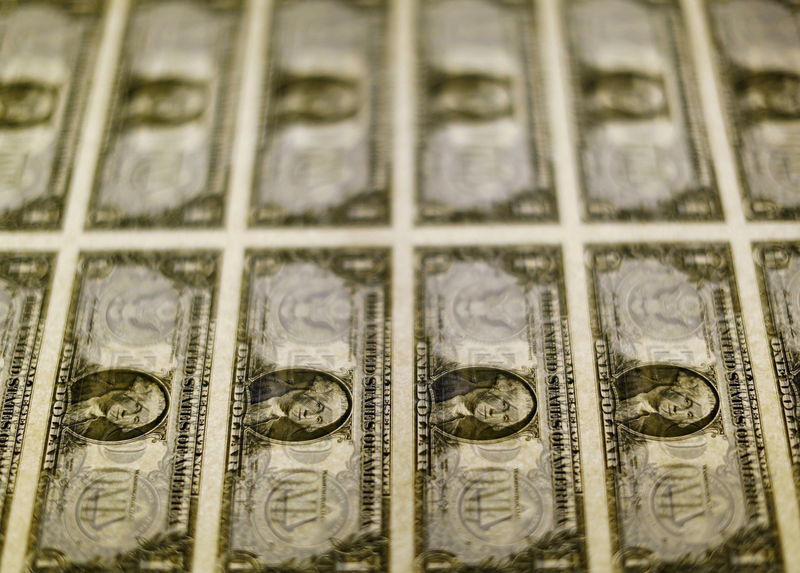By Gina Lee
Investing.com – The dollar was down on Monday morning in Asia, making a steady start to the week but remaining below the peaks it hit on Friday. Investors continue to find a middle ground between markets' volatile interest rate projections and recent dovish monetary policy decisions from key central banks.
The U.S. Dollar Index that tracks the greenback against a basket of other currencies inched down 0.01% to 94.310 by 12:24 AM ET (4:24 AM GMT).
The USD/JPY pair edged up 0.19% to 113.61.
The AUD/USD pair inched down 0.10% to 0.7394 while the NZD/USD pair inched up 0.07% to 0.7120.
The USD/CNY pair was steady at 6.3979. Data released on Sunday showed that Chinese exports grew 27.1% year-on-year in October, while imports grew 20.6% year-on-year and the trade balance stood at $84.54 billion.
The Chinese Communist Party’s Central Committee will start its first meeting in more than a year on Monday. The gathering will run to Nov. 11.
The GBP/USD pair edged down 0.13% to 1.3477, bouncing back from Friday’s five-week low of $1.3425 on Friday.
The pound took a beating when the Bank of England kept interest rates steady at 0.10% when it handed down its policy decision during the previous week. The surprise move triggered a sharp reversal late last week in quite aggressive bets on imminent rate hikes in the U.S. and globally. The U.S. Federal Reserve also kept its interest rate steady in its own decision, even as it began asset tapering.
"Central banks have distorted a whole lot of markets, pumping up the equity market and pumping up the bond market," Bank of New Zealand strategist Jason Wong told Reuters.
"Currencies are sort of in the middle of all that, wondering what the hell's going on," with the market seemingly in a holding pattern but with risks building up, especially in China where a slowing economy brings global implications, he added.
In the U.S., Friday’s job report showed that October’s non-farm payrolls increased by a better-than-expected 531,000 and the unemployment rate fell to 4.6%.
Investors now await further data from the U.S. due on Wednesday, including the consumer and producer price indexes. China will also release its consumer and producer price indexes ahead of the U.S. figures.
